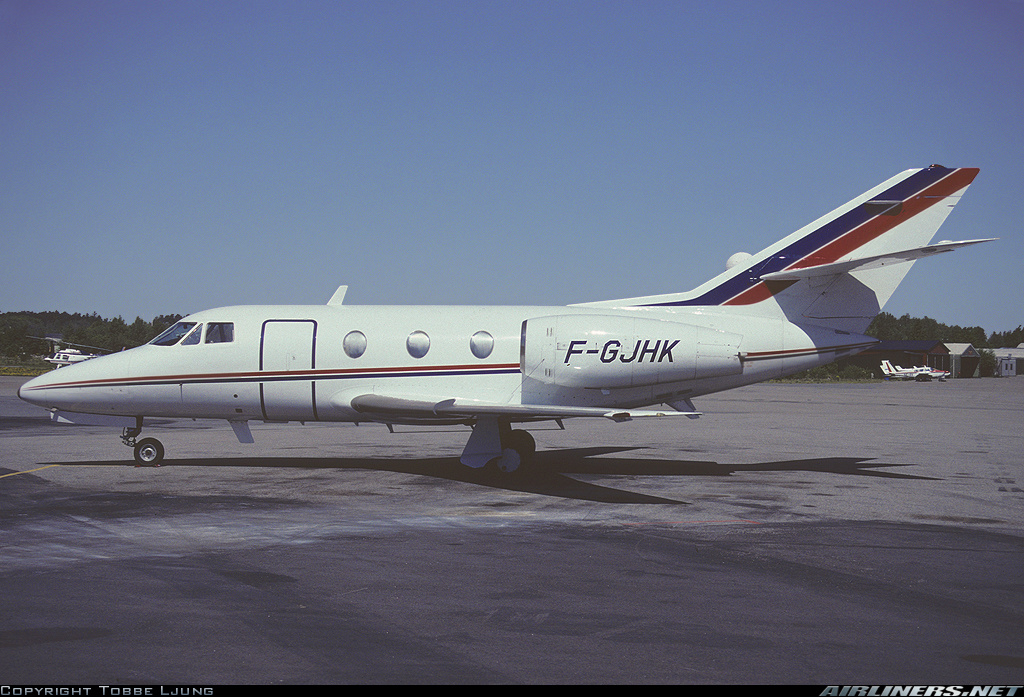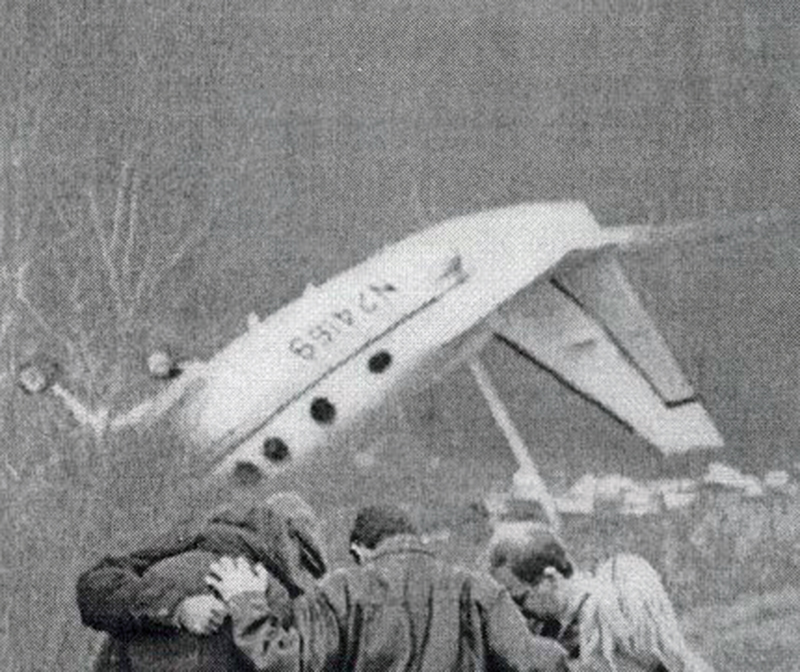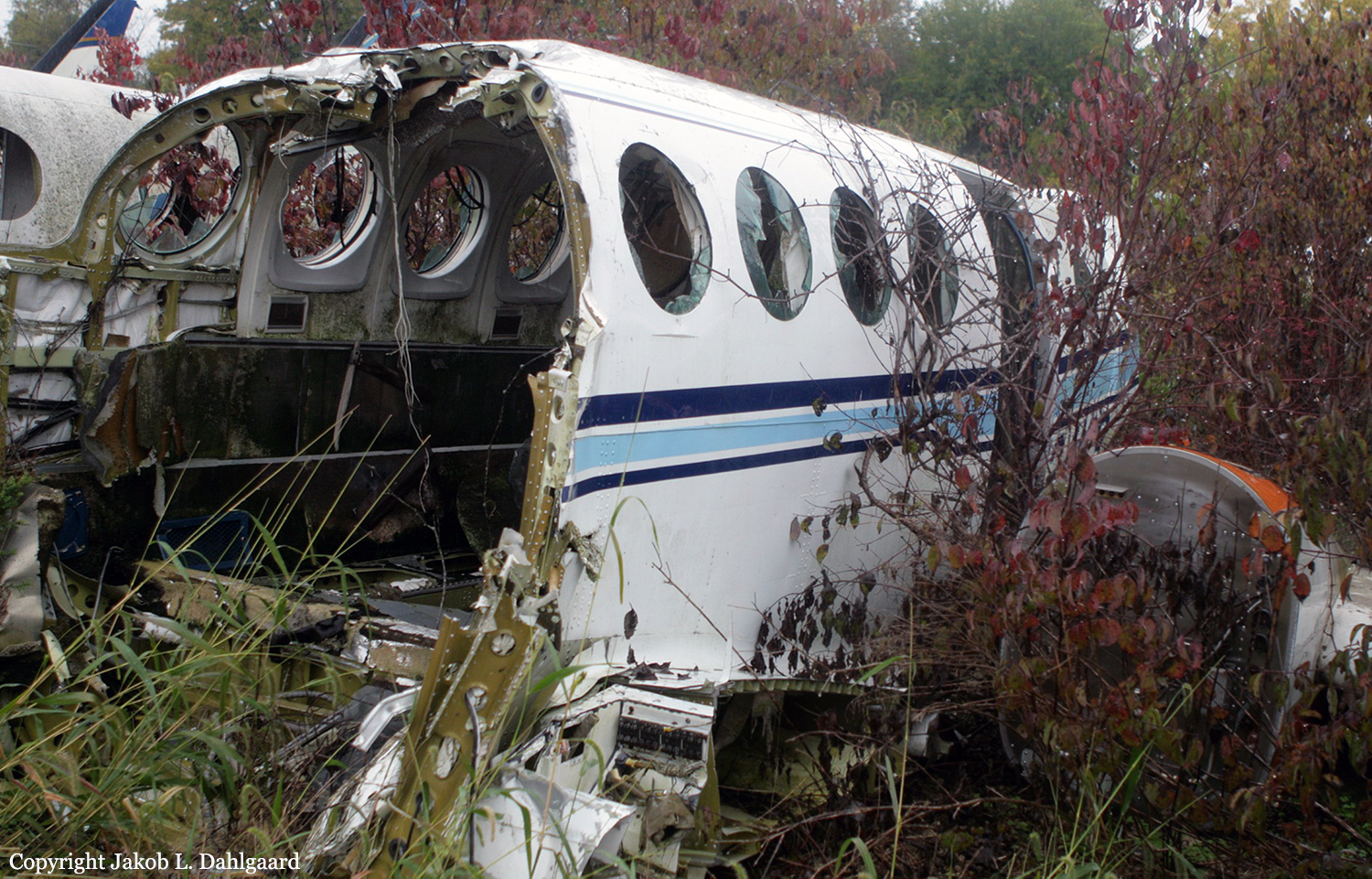Crash of a Rockwell Aero Commander 560F in Manville: 4 killed
Date & Time:
Jul 23, 1992 at 1515 LT
Registration:
N560CM
Survivors:
No
Schedule:
Salt Lake City - Waupaca
MSN:
560-1311-61
YOM:
1964
Crew on board:
2
Crew fatalities:
Pax on board:
2
Pax fatalities:
Other fatalities:
Total fatalities:
4
Captain / Total hours on type:
158.00
Aircraft flight hours:
4538
Circumstances:
During a cross country business flight, which was filed and flown under instrument flight rules, the pilot and controller had numerous communications regarding routing and weather, and the aircraft was circumnavigating weather areas. The pilot reported entering what his stormscope showed as a 'clear' area after encountering rain and moderate turbulence at temperatures conducive to structural icing. The controller noted a 1,000 foot loss of altitude from the assigned cruise altitude of 17,000 feet, followed by a loss of altitude readout. Shortly thereafter the aircraft disappeared from the controller's radar scope. The wreckage was found near the last radar fix. The airplane impacted in a near vertical descent. All four occupants were killed.
Probable cause:
A loss of control following flight into weather conditions containing thunderstorms, turbulence and icing conditions. Factors were: inaccurate weather evaluation and flight into known adverse weather by the pilot in command.
Final Report:







